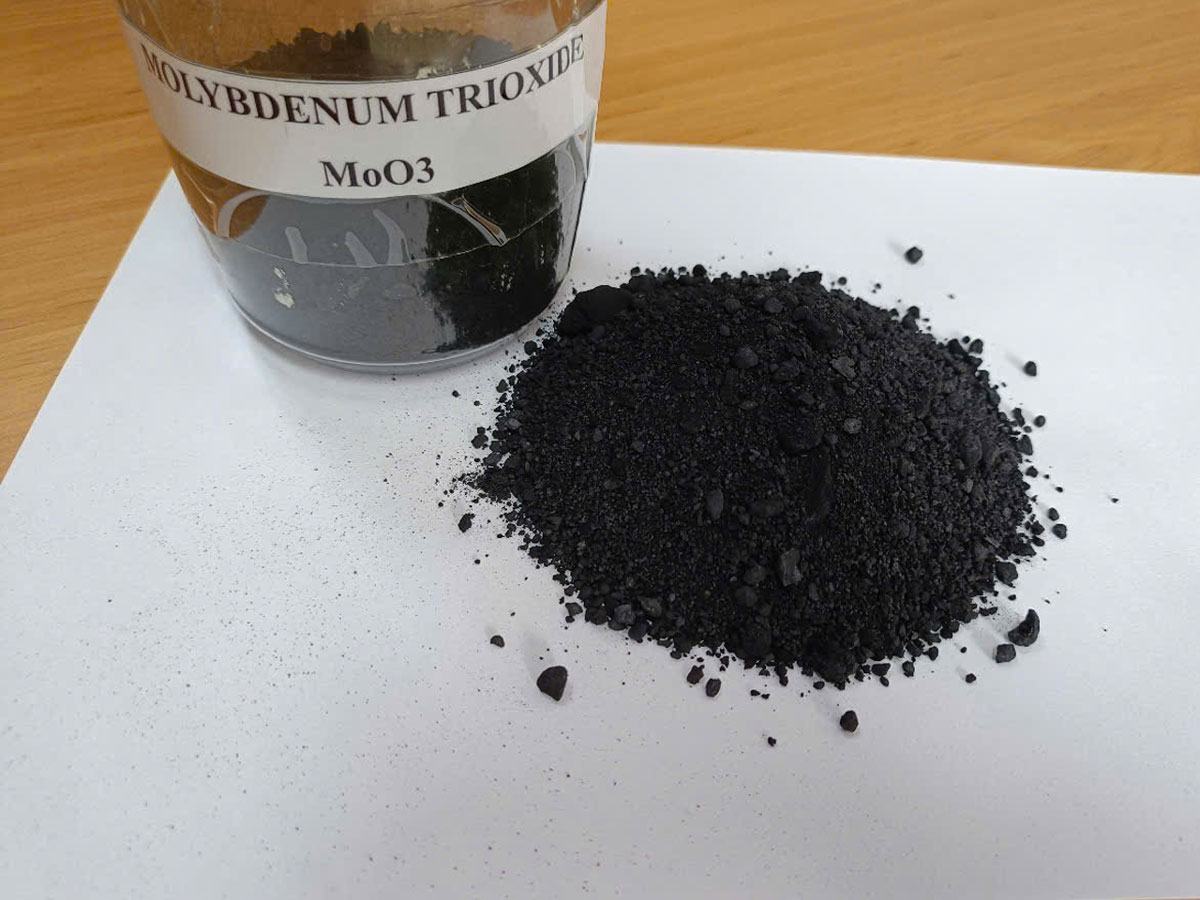There are two sources of molybdenum: mining and recycling. A recent study found that about one quarter of the molybdenum used each year comes from recycling. Molybdenum scrap, therefore, plays an important part in meeting demand and contributing to sustainability. Recycling scrap for the production of new materials requires less energy than the production of new metal and it causes fewer emissions. It is also often sourced locally, so transportation routes are short. Therefore, molybdenum recycling cannot only bring cost benefits but also environment benefits – and Tejing Group knows how to deliver on both of these benefits to your business.
What is Molybdenum?
Molybdenum, also known as moly, is a silvery white, very hard transition metal, but is softer and more ductile than tungsten. Molybdenum is a ferrite former, meaning that when molybdenum is added to improve the corrosion resistance of an austenitic stainless steel, there has to be an austenite former such as nickel or nitrogen added in order to keep the structure austenitic.
We supply Molybdenum products:Molybdenum Oxide - MoO3,Ammonium Molybdate - (NH4)2MoO4.3H2O
